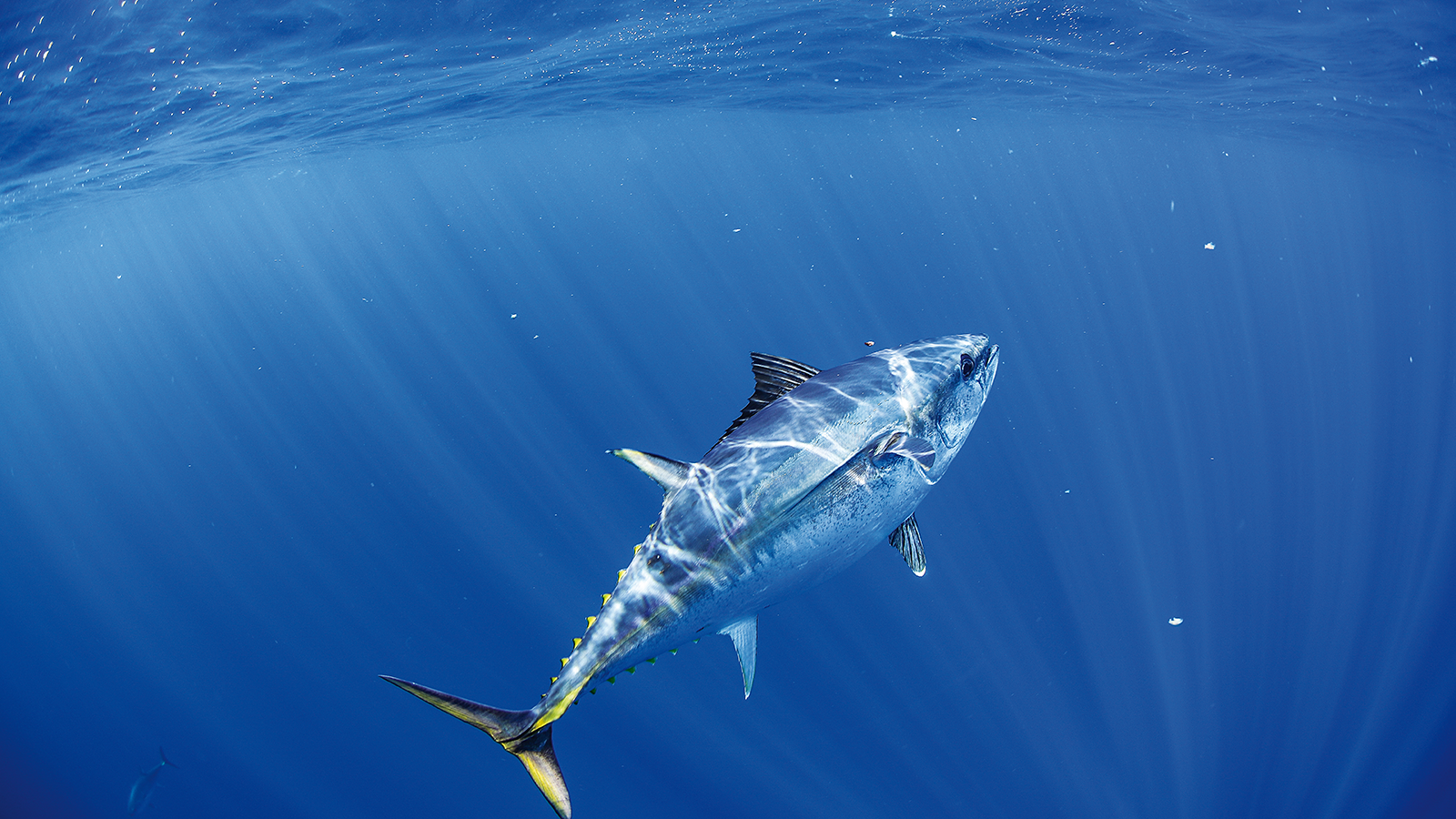Fish habitat in coastal floodplains will continue to degrade unless practical guidelines for improvement of water quality and management of floodgates and other tidal barriers to allow passage of fish and invertebrates are developed. This is being increasingly recognised by many decision making agencies. However, landholders will not change current management practises unless as a minimum, there will be no adverse effects to their productivity. Guidelines for change must be developed in an integrated manner with a focus on land, water, agriculture and fisheries if all industry groups are to accept the changes.
Recent studies by NSW Fisheries (some funded by FRDC) show that a change in coastal floodplain and wetland habitats from freshwater to estuarine and recruitment of fish and invertebrates to these modified habitats can be achieved by increasing the degree of “leakiness” in the floodgate barriers (Gibbs et al. 1997). However, no data are available on the relationship between fish and invertebrate recruitment and the opening size or the frequency and timing of the opening of these floodgate barriers.
A second issue is the long term impact of chronic acid drainage, which does not cause major fish kills but which may have less obvious effects on the recruitment of migratory and catadromous fish such as Australian bass, striped mullet, freshwater herring, eels and school prawns. The life history, behaviour and demography of the catadromous Australian bass shows it is susceptible to such an impact (Harris 1983,1989). The Basscatch program (Harris 1989) has expanded in recent years and the population collapse through recruitment failure of Australian bass in NSW rivers such as the Hastings and Manning is partially attributed to acid drainage (Harris pers comm).
The management of floodgates and floodplains to allow passage of fish and invertebrates and the development of stable faunal communities in previously alienated habitat above the structures significantly enhances fish and invertebrate stocks. The consequent protection of fish habitats and fish and invertebrate species supports biodiversity conservation and the habitat restoration can assist in the development of management plans under the relevant Threatened Species Legislation.
Gibbs, P., McVea, T. and Louden, B. (1997). Utilisation of restored wetlands by fish and invertebrates. FRDC Project 95/150 Final Report (In Preparation).
Harris, J. H. (1983). The Australian bass, Macquaria novemaculeata. Ph. D. Thesis UNSW.
Harris, J. H. (1988). Demography of Australian bass, Macquaria novemaculeata (Perciformes, Percichthyidae), in the Sydney basin. Aust. J. Mar. Freshwater Res. 39: 355-369.
Harris, J. H. (1989). Basscatch - A co-operative fisheries project. Modern Fishing 80-83.
Final report
Estuarine habitats, and in particular coastal floodplains and wetlands, provide essential nursery habitat for a large number of fish and prawn species, many of which are commercially and recreationally significant. Human activities on coastal land, such as those associated with grazing and intensive cropping or industrial and residential development, can have detrimental downstream effects. For fisheries production in the estuaries of northern NSW, two of these land-based activities, drainage of acid sulfate soils and the alienation of significant habitat areas, may have severe consequences.
These two issues were addressed in this research project, the findings from which will be used to restore degraded fish habitats and enhance access to them by fish, thereby improving fisheries in affected areas. Ultimately, fishers, farmers and landholders will benefit from improved water quality in their drainage systems. The research findings will have specific implications for management of floodgates in those catchments studied and will be more generally applicable to acid sulfate soil catchments throughout NSW and Queensland.





